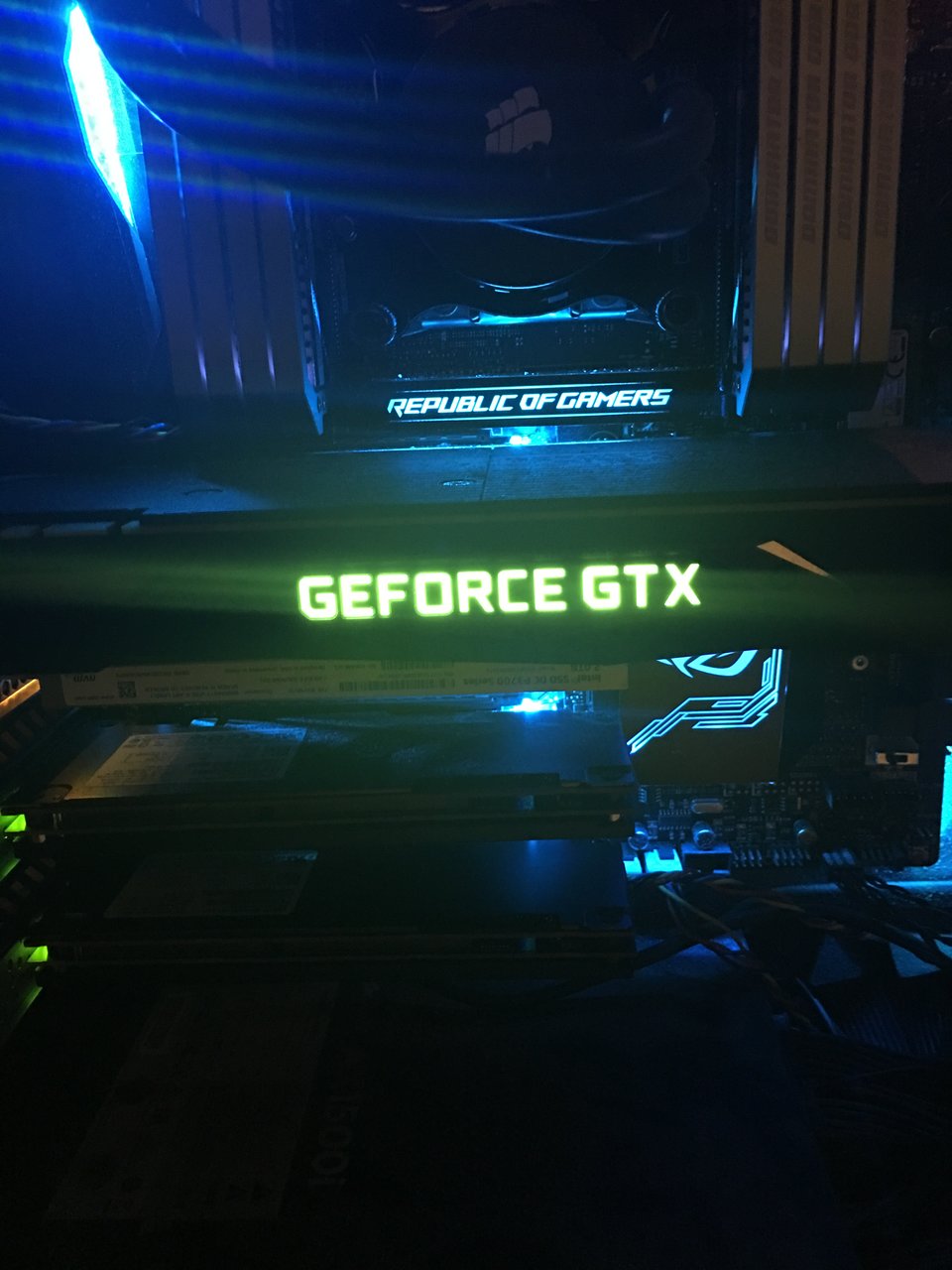Bandalo
2[H]4U
- Joined
- Dec 15, 2010
- Messages
- 2,660
So with the talk of 28/44 lanes on the new i9s, and 64 lanes on the RTR, I was wondering how many lanes people really need. Especially considering tri and quad SLI/CF are a thing of the past.
Figure a "high end" gaming PC, fully loaded:
16 + 16 for SLI/CF
4+4 for m.2 (either overkill RAID0, or just 1 OS and 1 game/storage drive)
So far that's only 40 lanes. Or only 24 if you don't like SLI/CF.
Now you could add in a few misc devices like video capture cards, or a 10Gb NIC, or a TB adapter, but it's pretty rare to have all those in one machine. Even if you're mining, I don't imagine you'd need 16x of PCI-E to each of your cards.
I've personally got a 28-lane CPU, and I'm only using 16 for one GPU and 4 for one M.2 drive.
So how many lanes do YOU need in your rig and why?
Figure a "high end" gaming PC, fully loaded:
16 + 16 for SLI/CF
4+4 for m.2 (either overkill RAID0, or just 1 OS and 1 game/storage drive)
So far that's only 40 lanes. Or only 24 if you don't like SLI/CF.
Now you could add in a few misc devices like video capture cards, or a 10Gb NIC, or a TB adapter, but it's pretty rare to have all those in one machine. Even if you're mining, I don't imagine you'd need 16x of PCI-E to each of your cards.
I've personally got a 28-lane CPU, and I'm only using 16 for one GPU and 4 for one M.2 drive.
So how many lanes do YOU need in your rig and why?
![[H]ard|Forum](/styles/hardforum/xenforo/logo_dark.png)


